Cities going up
Densification and energy transition in a win-win solution
Barcelona, 2 November 2017 | Urban, Energy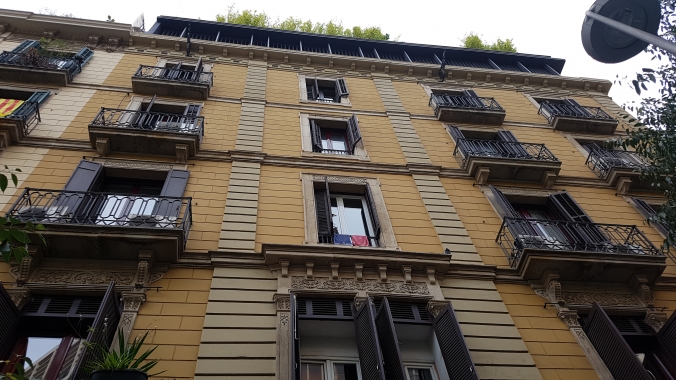
New, modern, energy efficient living spaces in the heart of the city. An urban legend? La Casa por el Tejado claims and shows that if we look up, we may see the future of living in major European cities.
While walking in the centre of Barcelona one immediately takes note of the old, traditional buildings in their pastel colours that bring to mind that this image shouldn’t have changed for a while in the Catalan capital. At the same time, demand for new housing and offices is constantly on the rise. How is it possible to invent the much-desired new space, taking into consideration the sustainability aspect?
As the translation of its name in English implies, the architecture firm ‘La Casa por el Tejado’ (LCT) believes in the idea of creating the new ‘house on the roof’. In fact, the office from Barcelona has already started working since 2012 on developing housing solutions built on top of existing buildings in their hometown but also other Spanish cities, serving their belief that growth of a city can make use of the buildable space of its current dwellings.
The course of the team led by architect, Joan Artés began with detecting buildings with the potential to be vertically extended, in compliance with local building code. This involved forming a team of specialists, an innovative methodology and an in-house database to register the buildings (currently around 2,500). During a field visit the ABRACADABRA consortium- an EU project that focuses on the creation of a substantial increase of the real estate value of the existing buildings through a significant energy and architectural transformation- had the chance to find out more about the work of ‘La Casa por el Tejado’ thanks to a presentation by R & D Director of LCT, Gerardo Wadel that took place in their office which is located, well you guessed right, on an attic storey they have added to an original building in the district of Eixample.
How does it work?
The procedure starts by contacting the condominium manager of each of the buildings the team has mapped to whom a proposal for the intervention is made after a first inspection of the rooftop. A key prerequisite is that there must be space for the installation of a lift. As far as the financial calculations are concerned, once a round of interviews with all owners is completed, LCT makes an offer to them that may take the form of financial compensation or of improvement works. Of course, this takes time; it takes LCT up to one year to reach an agreement with the local authority and the owners.
As the interventions usually take place in buildings of historical importance a number of challenges rise. This is why LCT ran a detailed research over four years to come up with the best possible scheme that allows the addition of the extra storey without bothering the neighbours. The extra volume, which is a lightweight construction, is prefabricated in a factory and is installed rather easily and quickly on top of the building that has already been prepared. A key point is that LCT leaves 1m of empty space between the last existing floor and the new rooftop, ensuring that there won’t be a difference in terms of noise or any other irritation for the residents.
Reducing the environmental footprint of the buildings is among the priorities for LCT, an objective that has been taken into consideration while developing the tools and the design along with Senda, a system that helps evaluate the environmental quality of the LCT projects. As Gerardo shared with the ABRACADABRA partners the LCT approach shows in practice how buildings can provide ecological services to the land they occupy as roof gardens may increase urban biodiversity, collect and release rainwater, absorb carbon dioxide etc.
The LCT proposal may seem like an ideal concept for cities with a Mediterranean climate that guarantees pleasant outdoor living conditions for most of the year but it may well go beyond than that. This is why the LCT team explores its expansion options also abroad apart from the current plans in Madrid and in the North of Spain. Making use of existing buildings may help improve people’s lives while contributing to the overall urban sustainability. Should maybe local authorities start having a closer look?
* This method of building extension has been extensively used in other cities around Europe and the ABRACADABRA project is working on gathering the expertise to build know-how, extending and improving the practice further. Do you have cases to share from your country? Feel free to share it with us.
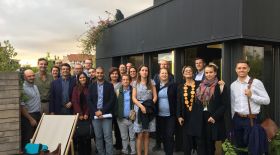
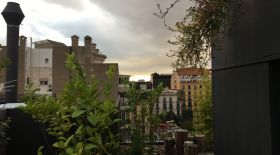
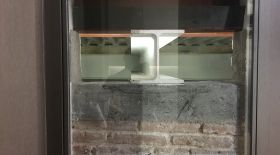


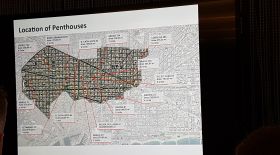
Leave comments